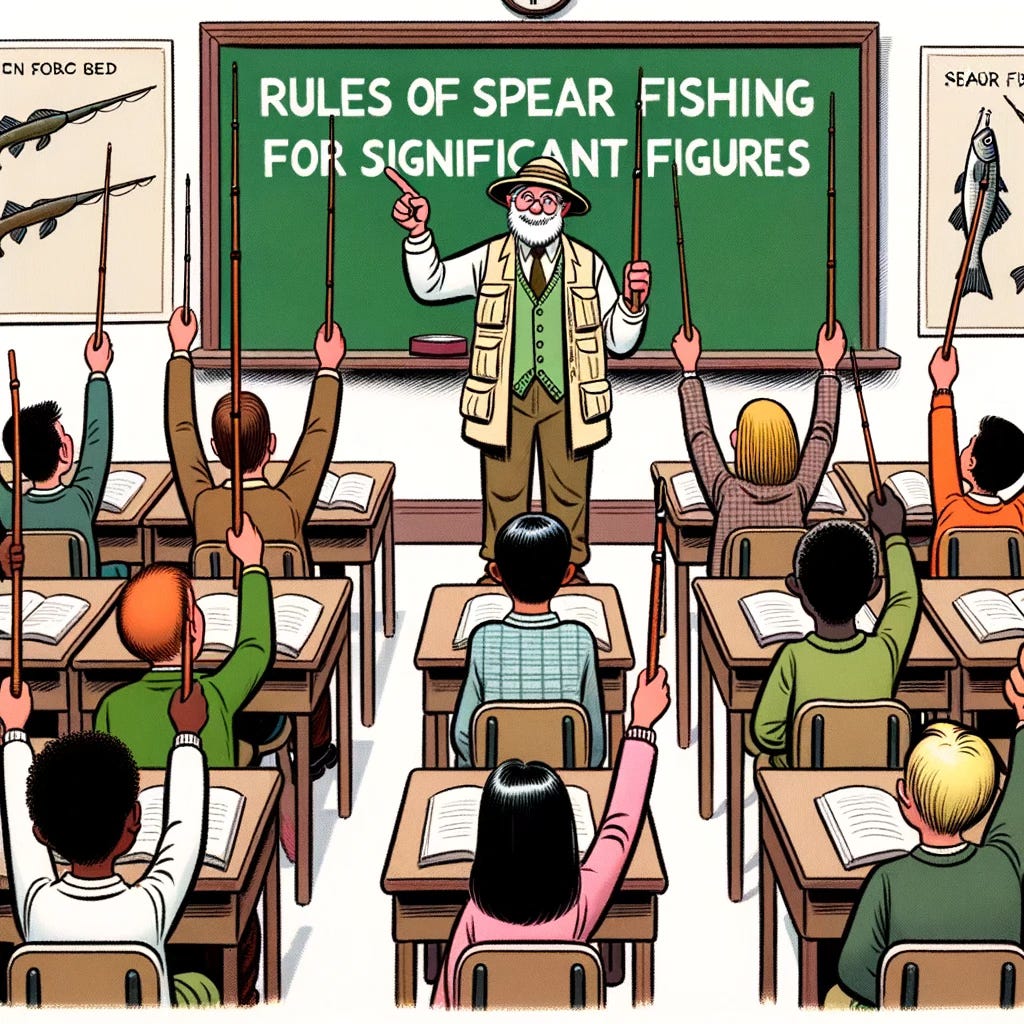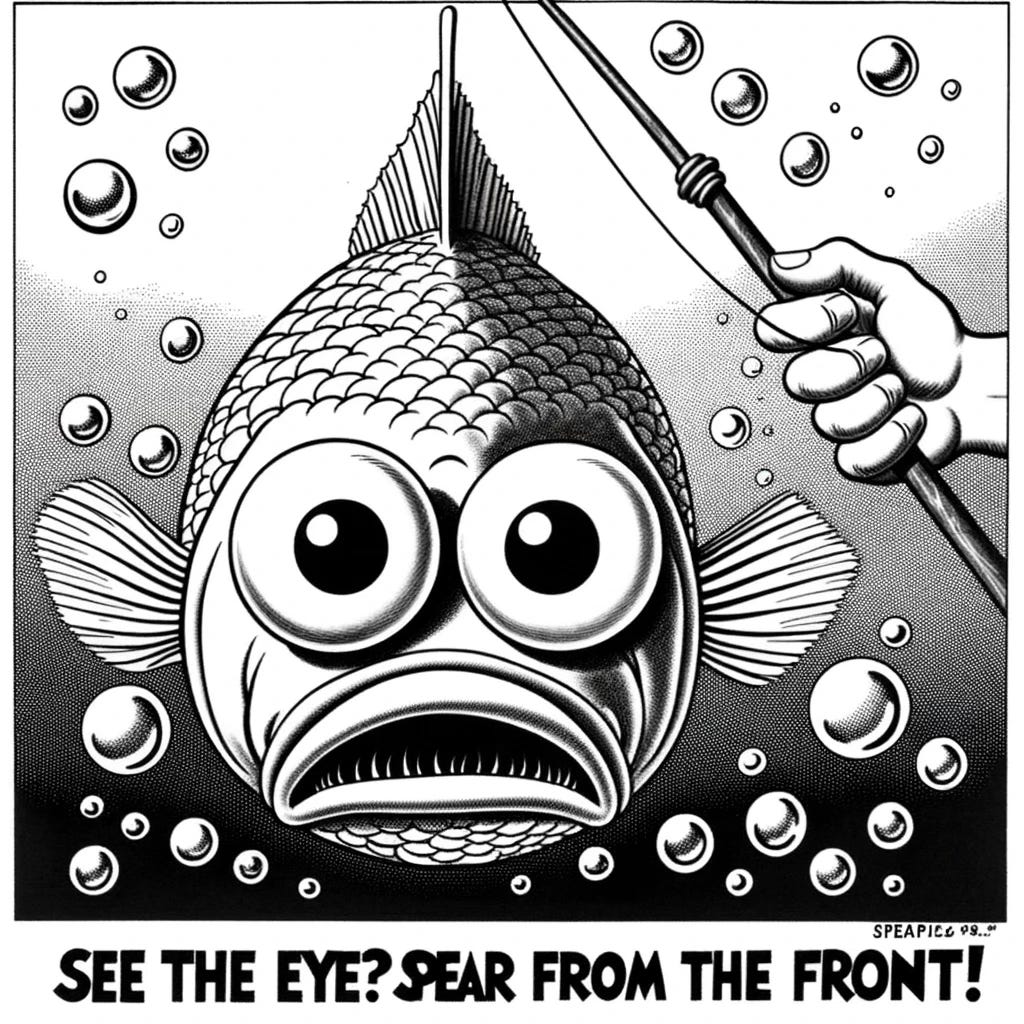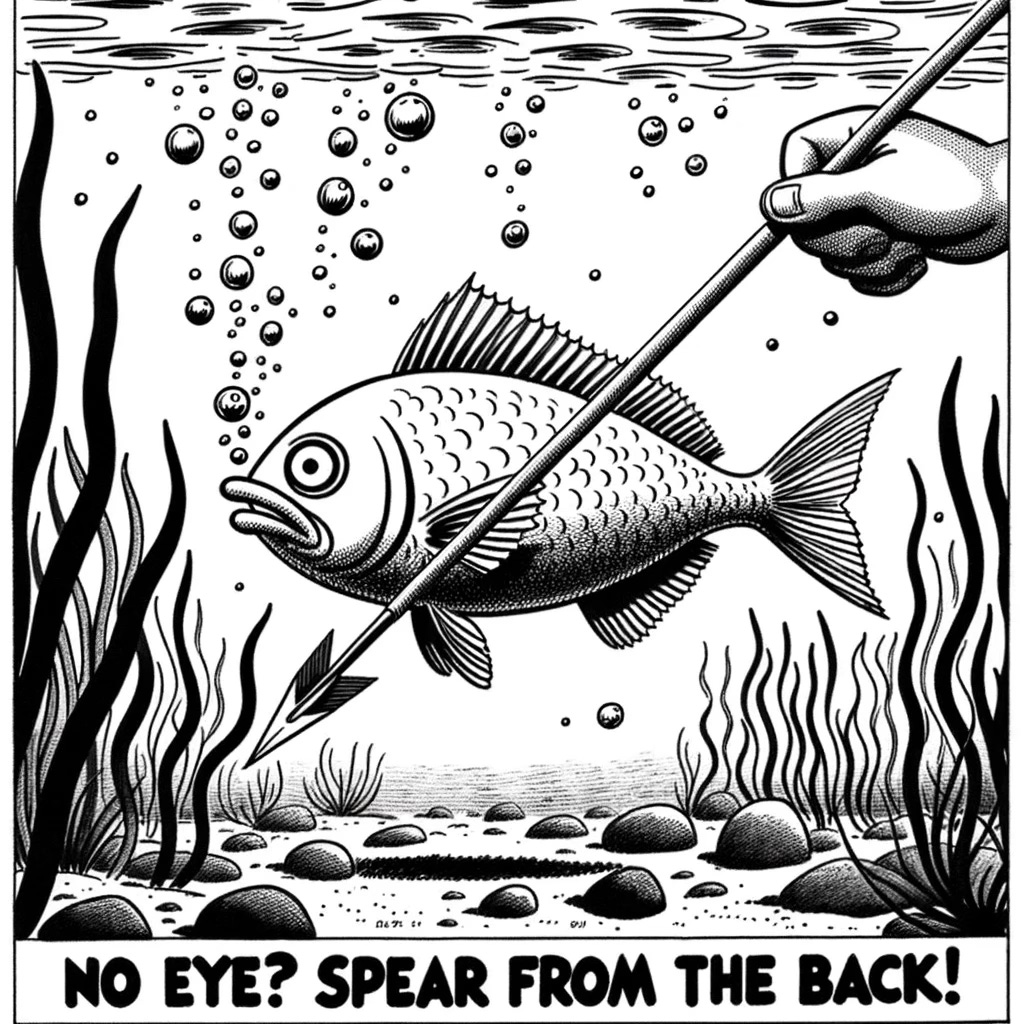There is no greater folly in scientific literacy than those who attempt to teach the concept of significant figures or digits. You may not recall the trailing, leading, or captive zeros principle. I took this excerpt from the Chemistry Openstax book for reference (Note: this is just for reference; you do not have to read it…):
Starting with the first nonzero digit on the left, count this digit and all remaining digits to the right. This is the number of significant figures in the measurement unless the last digit is a trailing zero lying to the left of the decimal point.
Captive zeros result from measurement and are therefore always significant. Leading zeros, however, are never significant—they merely tell us where the decimal point is located.
The leading zeros in this example are not significant. We could use exponential notation (as described in Appendix B) and express the number as 8.32407 × 10−3; then the number 8.32407 contains all of the significant figures, and 10−3 locates the decimal point.
The number of significant figures is uncertain in a number that ends with a zero to the left of the decimal point location. The zeros in the measurement 1,300 grams could be significant or they could simply indicate where the decimal point is located. The ambiguity can be resolved with the use of exponential notation: 1.3 × 103 (two significant figures), 1.30 × 103 (three significant figures, if the tens place was measured), or 1.300 × 103 (four significant figures, if the ones place was also measured). In cases where only the decimal-formatted number is available, it is prudent to assume that all trailing zeros are not significant.
So, why is this concept hard to grasp? Like any abstract concept, you must remember rules and rules without connections are complicated to retain and utilize. Several years ago, someone introduced me to “spearfishing.” Now, my students never fail to identify the correct amount of significant digits in a number. This method is fun, easy, and difficult to forget.
The Rules of Spearfishing
When Spear Fishing for Significant Figures, you must remember the following principles.
If a fish is swimming towards you (i.e., you see an eye or decimal), you must spear the fish from the front.
If a fish is swimming away, you must spear it from the back. You will know this because you won’t see an eye (.).
Stop spearing the fish when you hit something of value (i.e., numbers 1-9).
Count all remaining numbers, including zeros. These are the number of Significant digits.
Why is this method so much better than the referenced text above?
It’s not abstract; every student knows what a fish looks like.
The rules are easy to follow. 3-4 steps are easy to apply.
The steps are sequential. Do you see an eye? No, spear from the back, stop when you hit “meat,” and count all that’s left, including zeros.
There are no odd rules or memorization; it’s almost intuitive. There’s only one way to spear a fish if it’s swimming towards you!
Now, let’s see if it works!
How many digits are in 0.01040?
Do you see an eye? Yes. Spear from the front.
0.01040Count all numbers left, including zeros.
0.010401234 → 4 significant figures.
We can try it with numbers that don’t have a decimal, as well:
Now, let’s see if it works!
How many digits are in 5,480,000?
Do you see an eye? No. Spear from the back.
5,48
0,000Count all numbers left, including zeros.
5,48
0,000123 → 3 significant figures.
This is also helpful for students when writing scientific notation because it is much easier to determine the significant numbers to write them in the correct scientific notation. Take the first example of 0.01040; students can now identify four significant figures. As an added rule, I tell students, “Do you think we would be positive or negative with this catch?” Most students respond that since the number is small, you would be negative because it wasn’t a great catch. So I tell them, “Great, then we need to put a negative sign on our exponent in scientific notation:
0.01040 becomes 1.040x10^-2 (Negative; because it’s a small catch)
5,480,000 become 5.58x10^6 (Postive; because it’s a bigger catch)
I have used this method for almost a decade, and my students still come back to me and tell me they never forgot how to identify significant figures after learning about Spearfishing!








